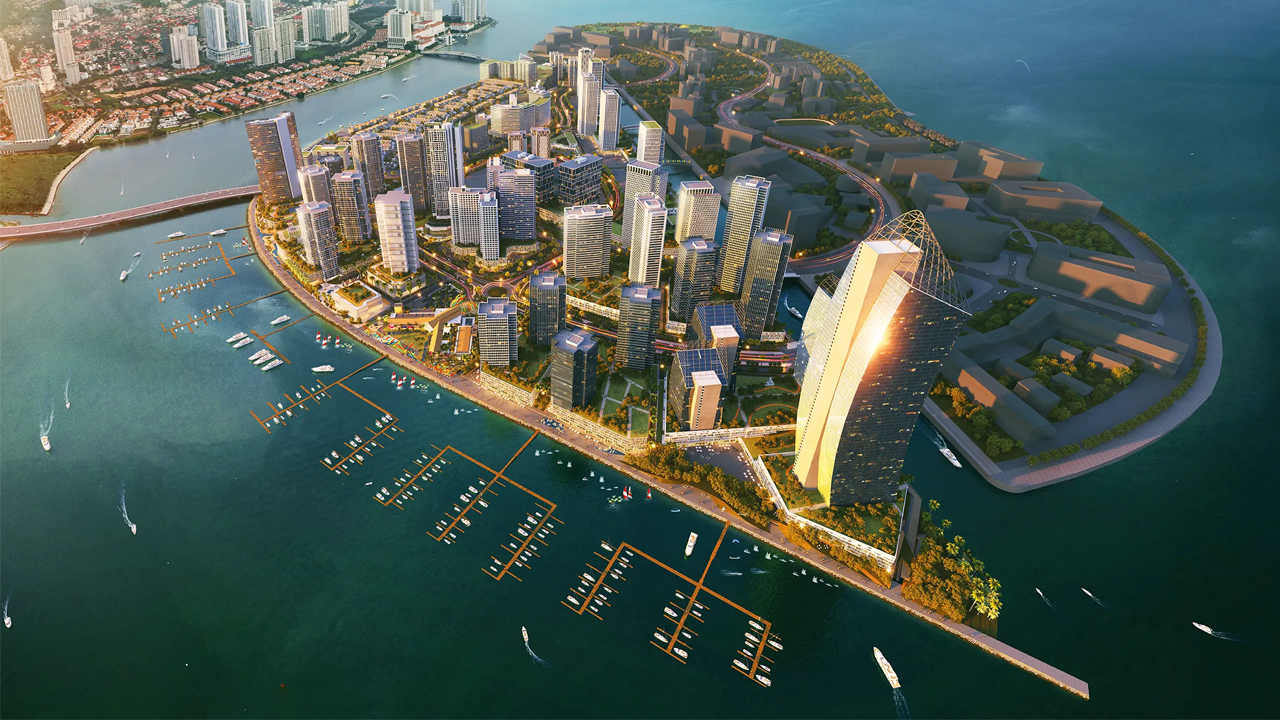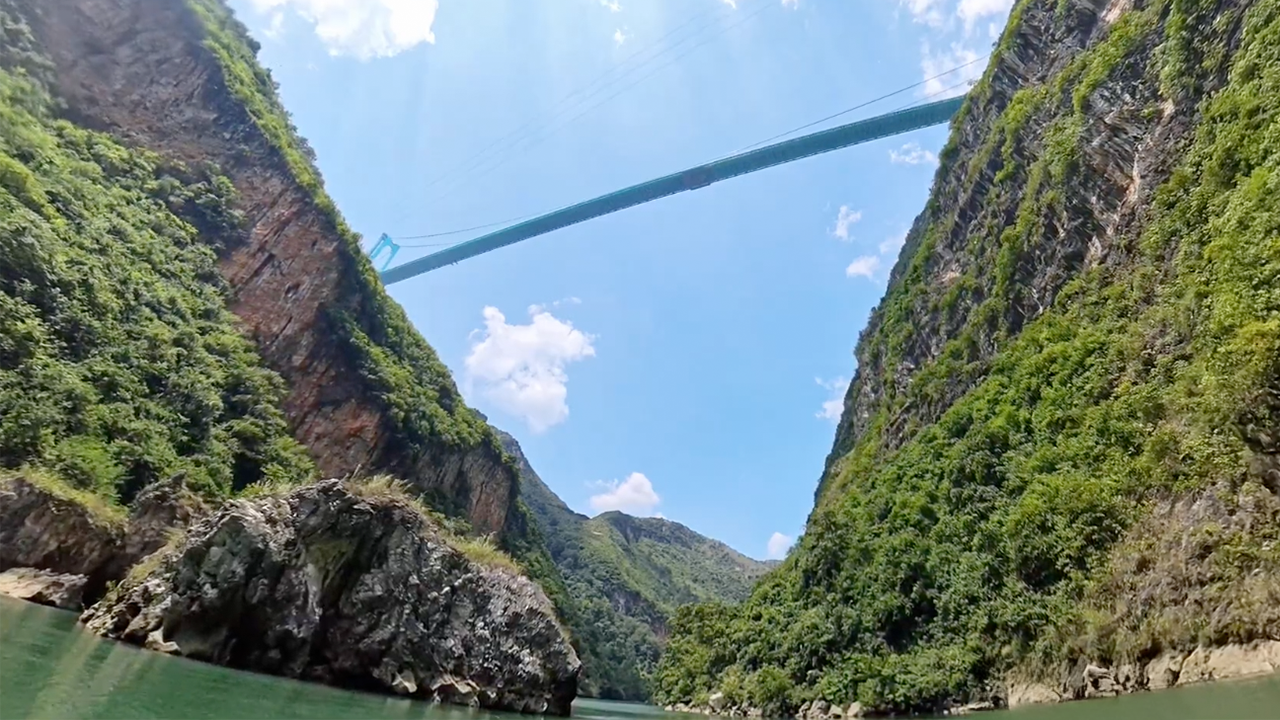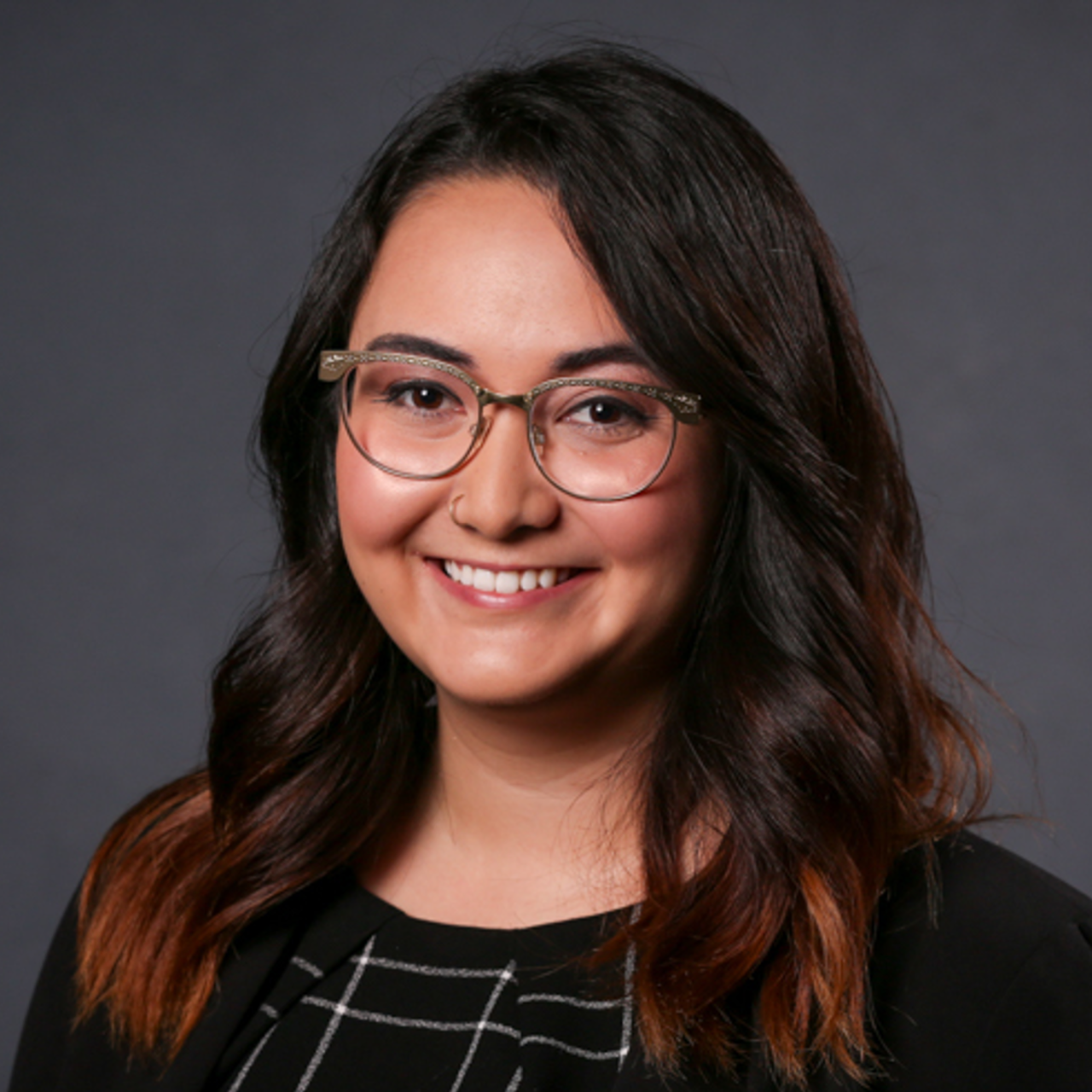How New York Built the World’s Most Expensive Subway
- Youtube Views 774,862 VIDEO VIEWS
Video powered by Autodesk and hosted by Fred Mills. This video and article contain paid promotion for Autodesk.
New York City is home to some of the world’s most iconic buildings. But its most impressive structure might actually be underground.
With the swipe of a Metrocard, you can ride from the Bronx to midtown to Brooklyn to Queens all on the same network. But it’s not always seamless.
Now, New York is undergoing its biggest subway expansion in 50 years with the Second Avenue Subway.
The stretch between 63rd Street and 96th was completed in 2017, and it cost $1.7 billion per kilometre. Yes, billion with a B. And that’s just phase one of the project. There are plans to extend the line even further uptown from 96th Street to 125th.
Now, the newly passed US infrastructure bill could help fund the $6.3 billion price tag on Phase 2.
Of course, there's also the challenge of building beneath the city that never sleeps, dodging layers of existing infrastructure underground and manoeuvring tunnel boring machines across Manhattan.
It took nearly 100 years to complete the first few kilometres of the Second Avenue Subway - so can New York do it all again?

Above: One of the new stations built as part of the Second Avenue Subway project. Image courtesy of MTA.
New York’s subway system helped make the city a world leader in urban transportation. Today, there are more than 470 stations across four boroughs, that’s more than any other underground system in the world.
In recent decades though, the subway has lost its edge over other cities with more reliable networks.
Tokyo has built an uber-efficient subway system that takes reliability to a whole new level. Many cities like London, Hong Kong and Sydney have smart ticketing systems. And Seoul and Shanghai have step-free access at 100% of their stations.
New York, not so much.
Accessibility is notoriously bad across the network. The city just recently got contactless payment technology in its stations. The trains can get crowded, tunnels are deteriorating, delays are inevitable and projects to fix it have a tendency to go way over budget.

Above: Some of the first riders aboard the Second Avenue Subway in 2017. Image courtesy of MTA.
When we say this moment has been a long time in the making, we mean a really, really long time.
The idea for a Second Avenue subway was first put on the table in 1920. The city put a budget together for it in 1929, and then the Great Depression hit.
Just when it looked like the economy had recovered and construction was about to begin, WWII set off and the project was delayed again.
For nearly a century, the Second Avenue Subway was proposed, postponed, started, stopped and pushed further down the priority list. Meanwhile, subway access on the East Side of Manhattan began to lag behind the rest of the city.
Finally in 2006, Federal funding was approved and construction on the Second Avenue subway began, again, in 2007.

Above: The envisioned route for the full Second Avenue Subway.
In all, the Second Avenue Subway is envisioned to stretch across the entire East Side from 125th Street in East Harlem Manhattan to Hanover Square downtown. That’ll be constructed in four separate phases.
So far, they’ve gotten through Phase One. It extends the existing Q train from 63rd Street to 96th Street. The station at Lexington and 63rd was upgraded and modernised, and new stations were built at 72nd, 86th and 96th Streets.
Phase Two of the Second Avenue Subway would extend the Q train even further uptown to 125th Street, building three new stations at 106th, 116th and 125th Streets.
The aim is to reduce overcrowding and delays and improve accessibility at the stations. Almost 200,000 people are estimated to use the new line that was built for Phase One.
But getting approval for Phase Two might be tricky, given how much time and money it took for complete Phase One. In fact, it took so much money that the Second Avenue Subway was the world’s most expensive subway track – until the title was taken by the East Side Access project just down the road.

Above: Construction on the 86th Street caverns. Image courtesy of MTA.
There are a few reasons the new stations and roughly 3 kilometres of track had a $4.5 billion price tag.
First, building in New York is expensive. Construction costs are generally higher here compared to other cities and countries.
New York is one of the most densely populated cities in the world, which means any construction is probably going to affect a lot of people's daily lives. And below ground there’s a maze of building foundations, sewer pipes, power lines and existing subway tunnels to avoid.
Back in the old days of building the subway, construction crews would shut down the entire street for excavation. But that kind of approach won’t really fly today. It’s loud and disruptive for the many people who live and work in the area.
Instead, the crew used tunnel boring machines that they could lower into the ground and drill through the hard rock for almost 40 blocks without people above ground even noticing.
But the most expensive element wasn’t actually the twin-track tunnelling. Roughly half of the budget went towards building the new stations. The new Second Avenue stations are some of the largest underground excavations in America.
Before blasting, the crew reinforced some of the nearby buildings to protect them from the force. Crew then drilled, blasted and reinforced the inside of the caverns, all while people lived and worked in the buildings just above ground.
Once the caverns were cleared and the tracks laid, Arup worked to specially design the new stations to dull the sound of the rattling subway cars that New Yorkers know all too well.
Instead of the echo-prone tile and stone that’s used in other stations across the city, engineering firm Arup lined the new stations’ ceilings with metal panels backed with sound absorbing fibreglass.

Above: Specially designed tiles were used in the stations to minimise the sound of the trains. Image courtesy of MTA.
When the Second Avenue Subway was first proposed back in the 1920s, designers, planners and politicians were probably all working off some paper drawings that needed to be passed around for approval.
Now, after 100 years of updated designs, budgets and teams, a paper filing system isn’t going to cut it.
That’s where digital platforms like Autodesk Build become essential. It’s a construction management platform that’s easy to use for teams, whether they’re in the office on their desktop or deep below ground with a tablet.
Teams can control who has access to what information, and make sure everybody is working from the most up-to-date data. It’s a single source of truth that’s all updated in the cloud. As America sets out to rebuild its ageing infrastructure, tools like this will be key.

Above: Digital tools like Autodesk Build help keep construction teams on track.
Making sure projects run on time and on budget is crucial for the Second Avenue Subway, especially as it has so many phases left to complete.
Despite all the challenges standing in its way, the Second Avenue Subway could have a huge impact on New York. Extending the Q train to 125th Street would better connect East Harlem with the rest of the city.
The benefits this project could bring to commuters and the city have the potential to long outlive the political and construction complexities of today.
The subway system has established itself as a quintessential piece of New York City for generations. Now it’s up to New York to make sure its subway is fit for generations to come.
This video contains paid promotion for Autodesk. Teams use tools like Autodesk Build to streamline projects like this, see how.
Video presented and narrated by Fred Mills. Additional footage and images courtesy of MTA, Encyclopaedia Britannica Films, Former Governor Andrew M. Cuomo and Autodesk.
We welcome you sharing our content to inspire others, but please be nice and play by our rules.








